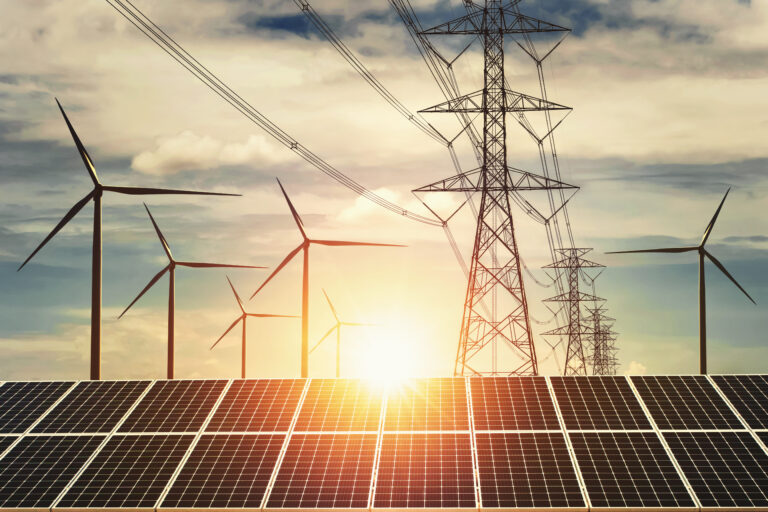
16 January 2023
Research by the Battery Storage and Grid Integration Program shines a light on the complex world of the National Electricity Market (NEM) and shows how dynamic carbon costs could play a critical role in improving the trade-off between emissions and costs.
In a paper published this month in Energy Policy titled Emissions and prices are anticorrelated in Australia’s electricity grid, undermining the potential of energy storage to support decarbonisation, analysis of the NEM using marginal emissions has confirmed an inverse relationship between greenhouse gas (GHG) emissions and energy prices. The research has significant policy and regulatory implications if the Federal Government is to meet its emissions reduction targets of 43% by 2030 and net zero by 2050.
The electricity sector is responsible for approximately one third of Australia’s GHG emissions. Add to this the emissions produced by stationary energy uses like industrial heat, household gas and transport and the decarbonisation of Australia’s energy system has the potential to reduce over half of the country’s total emissions.
“Through this research we really sought to understand how energy storage and its operation could minimise both costs and emissions,” said lead author Dr Louise Bardwell, Research Assistant at the Battery Storage and Grid Integration Program at ANU. “While these storage assets will help us achieve a 100% renewable electricity grid in the future, it is not guaranteed that they will reduce emissions in the short-term.”
“To start with we needed to understand the emissions profile of Australia’s electricity grid. Specifically emission trends, sources of emissions, and factors influencing marginal emissions intensity at any period.”
The paper provides the first in-depth analysis of marginal emissions in the NEM from 2013 – 2021, including state-wide comparisons, and an analysis of the impact of energy storage on grid emissions. Analysis revealed that there was significant variation of marginal emissions intensity throughout the course of a day, and insignificant variation across days, in all NEM regions with a strong anti-correlation between price and emissions reductions. In the short-term this means that energy storage operated to reduce costs will operate in an opposite pattern to that required to reduce emissions.
The NEM is a devilishly complex and multitudinous market but essentially it operates as a spot market where supply and demand are matched instantaneously through a centrally coordinated dispatch process. Energy is traded for immediate delivery with the generator setting the spot, or current, price with the highest bid price.
The anticorrelation between GHG emissions and cost is most distinct in the early hours of the day, up to 6am, where the spot price is at its minimum values and the Marginal Emissions Factor (MEF) is at its maximum values. Similarly, from early afternoon to evening, around 3pm to 9pm the MEF is at its lowest with its minimum value occurring around 6pm whilst the spot price peaks reaching its maximum value at around 6pm.
“Unlike fossil-fuel powered generation renewable energy storage such as hydropower and batteries are constrained, only able to generate at a certain capacity and for a certain amount of time,” said Dr Bardwell. “The analysis reveals that dynamic carbon costs, incentivising operation to occur at particular times of the day could be useful tools for optimising energy storage where both cost and emission reductions are used as operational objectives. System-wide carbon incentives to encourage energy storage to charge and discharge during particular time periods can also serve to ensure that energy storage does not contribute in the short-term to an increase in emissions.”
It is clear that reform is needed for Australia’s electricity system. Last year the market operator AEMO took the unprecedented decision to suspend the spot market during a time of soaring gas prices to ensure there was enough supply of electricity to customers. In December, Chris Bowen, the Minister for Climate Change and Energy, announced the opening of a consultation into an emissions reduction objective for Australia’s national energy laws. This reform will be the first substantial change to the objects of the National Energy Laws in 15 years. “It sends a clear policy signal to market participants, investors and the public of the government’s commitment to work together to manage the transformation of the energy sector to achieve a decarbonised, modern and reliable grid of firmed renewables,” Minister Bowen said.
